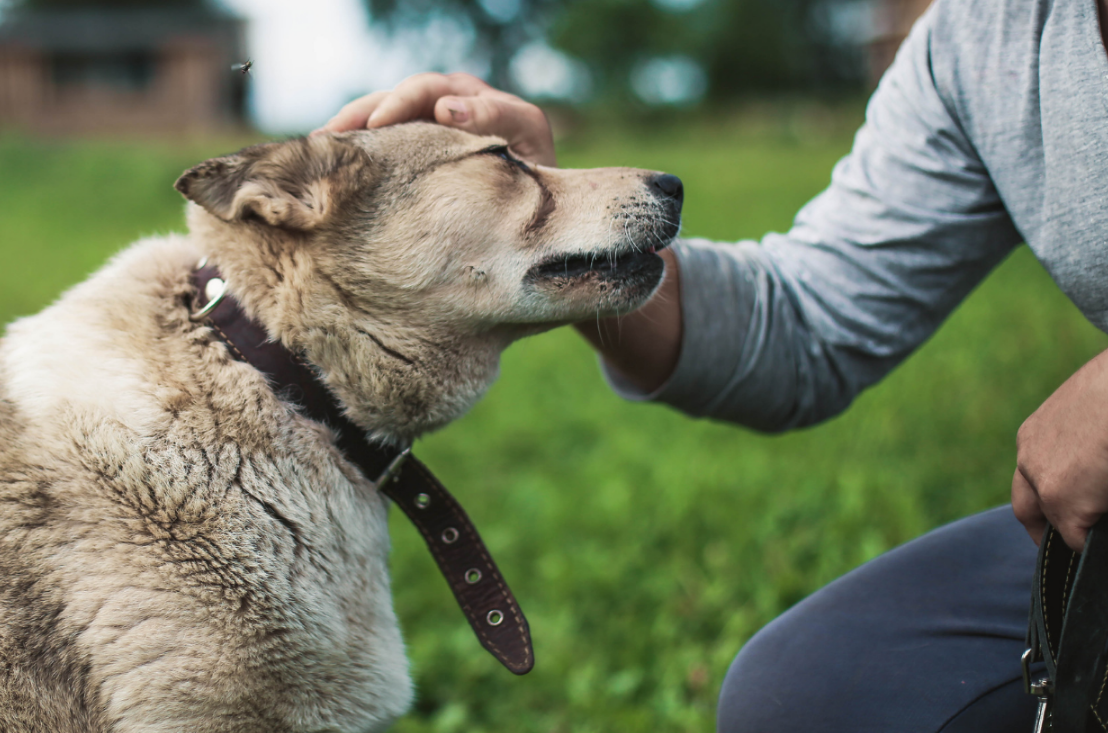Dog training is an essential aspect of responsible dog ownership. By understanding common training mistakes and pitfalls, dog owners can create a positive and safe environment for their furry friends.
In this guide, we will share valuable tips to help you navigate the world of dog training effectively and avoid potential pitfalls.
Key Takeaways
- Proper socialization and training are crucial for dogs to develop good behavior and prevent aggression.
- Understanding the reasons why dogs bite, such as fear or stress, can help prevent dog bites.
- Avoid common training mistakes, such as using punishment-based methods or being inconsistent.
- Choose positive reinforcement and reward-based training methods for effective results.
- Create a safe and enriching environment for your dog by dog-proofing your home and providing mental stimulation.
- If you decide you need a professional dog training company contact https://www.thecollarclubacademy.com/
Understanding Dog Behavior: Why Dogs Bite and How to Prevent It
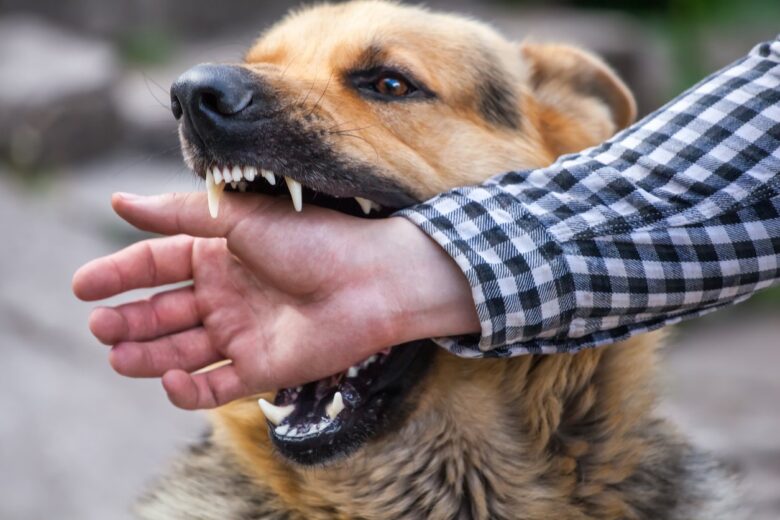
Dogs are incredible companions, but it is important to understand their behavior to ensure a safe and harmonious relationship. One concerning behavior that dog owners should be aware of is biting. Dogs may bite for various reasons, including fear, stress, protection, illness, and even during play.
To prevent dog bites and promote a safe environment, it is crucial to comprehend the underlying causes and take preventive measures.
Preventing dog bites starts with proper socialization and training. By exposing dogs to different environments, animals, and people from a young age, they can become well-adjusted and confident. Socialization helps dogs develop positive associations and reduces the likelihood of fear-based aggression.
Training should focus on positive reinforcement techniques, which reward desired behaviors and discourage unwanted ones. Obedience training and puppy classes can provide structured guidance for dog owners.
“Proper socialization and training are crucial for dogs to develop good behavior and prevent aggression.”
Recognizing warning signs is essential for preventing dog bites. Dogs may exhibit behaviors such as growling, showing teeth, stiffening their body, and raising their hackles when feeling threatened or uncomfortable. It is important to respect these warning signs and give the dog space.
Teaching children how to interact safely with dogs is also critical in reducing the risk of bites. Children should be taught to approach dogs calmly, avoid sudden movements, and always ask for permission from the dog owner before petting a dog.
By understanding dog behavior and taking proactive measures such as socialization, training, and recognizing warning signs, dog owners can create a safe environment for themselves and their furry companions. Remember, a well-socialized and properly trained dog is more likely to exhibit positive behavior and be a happy member of the family.
Table: Common Reasons Why Dogs Bite
| Reason | Description |
| Fear | Dogs may bite when feeling threatened or scared. |
| Stress | High levels of stress can trigger aggressive behavior. |
| Protection | Dogs may bite to protect themselves or their territory. |
| Illness | Some medical conditions can cause dogs to become more aggressive. |
| Play | During play, dogs may accidentally bite too hard. |
The Importance of Socialization and Training for Dogs
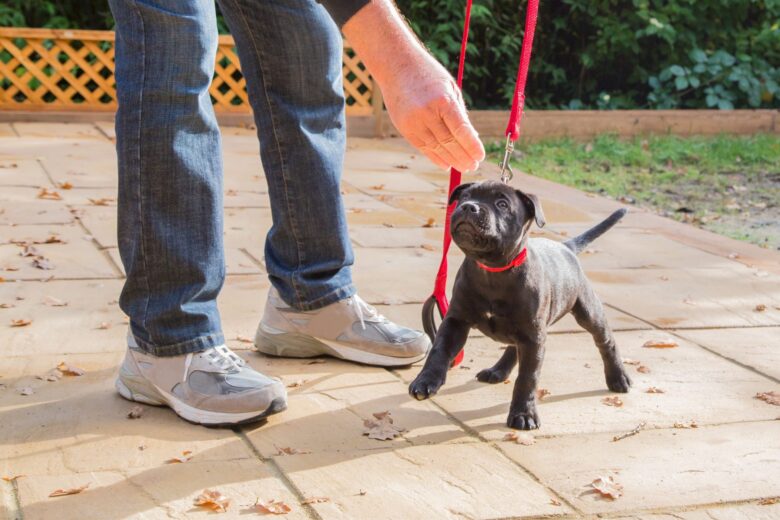
Proper socialization and training are vital aspects of ensuring the well-being and behavior of dogs. Socializing dogs from a young age involves exposing them to different people, animals, and environments to help them develop good behavior and become well-adjusted.
It is crucial to introduce puppies to various situations gradually, ensuring positive experiences. By doing so, dogs learn to feel comfortable and confident in different settings, reducing the likelihood of fear-based or aggressive behavior.
Obedience training is another critical component of a dog’s development. Training sessions should focus on positive reinforcement techniques, rewarding desired behaviors with treats, praise, or play. This approach encourages dogs to repeat those behaviors and strengthens the bond between the dog and the owner.
Consistency is key in training, as dogs thrive in an environment with clear boundaries and expectations. By setting consistent rules and routines, dog owners establish a structure that helps their pets understand what is expected of them.
For those seeking structured guidance in training their dogs, obedience training and puppy training classes can be highly beneficial. These classes provide professional instruction and support in a controlled environment, allowing dogs to socialize with other dogs and people while learning obedience commands.
Trainers can address specific challenges and offer personalized advice based on each dog’s individual needs and temperament. Additionally, participating in training classes can improve the owner’s understanding of dog behavior and enhance their ability to communicate effectively with their furry companions.
Benefits of Socialization and Training for Dogs
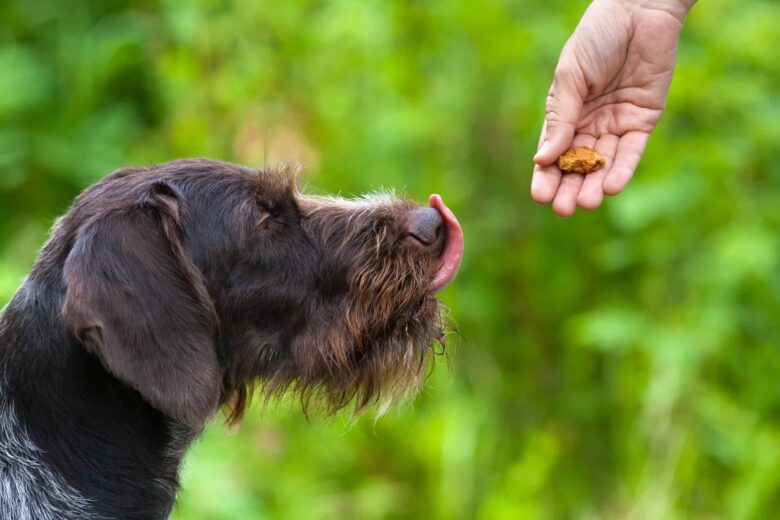
- Prevents fear-based and aggressive behavior
- Increases confidence and adaptability
- Strengthens the bond between dog and owner
- Enables effective communication
- Improves obedience and responsiveness
Overall, socialization and training play a fundamental role in a dog’s life, ensuring their safety, happiness, and harmonious integration into the household. By providing dogs with positive experiences, consistent training, and opportunities to learn and grow, owners can foster well-behaved, well-adjusted companions.
| Training Tips for Dogs | Benefits |
| Use positive reinforcement | Strengthens desired behaviors |
| Be consistent with rules and routines | Establishes clear expectations |
| Enroll in obedience or puppy training classes | Professional guidance and socialization |
| Expose dogs to various environments and situations | Reduces fear and increases adaptability |
| Practice patience and understanding | Builds a strong bond between owner and dog |
Common Training Mistakes to Avoid
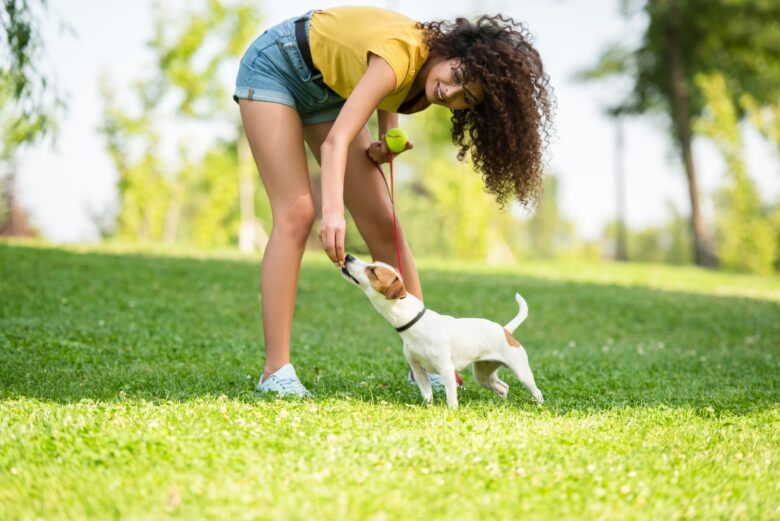
When it comes to training our beloved dogs, we all want to do what’s best for them. However, there are some common training mistakes that can hinder their progress and even have negative effects on their behavior. To ensure successful training and a harmonious relationship with your furry friend, it’s important to be aware of these pitfalls and avoid them.
Ineffective Training Methods
Using punishment-based training methods can have detrimental effects on your dog’s behavior. It can lead to fear, anxiety, and even aggression. Instead, focus on positive reinforcement techniques, where you reward desired behaviors to encourage them. This creates a positive association with training and helps your dog understand what is expected of them.
Inconsistent Training
Consistency is key when it comes to dog training. Inconsistency can confuse your dog and make it harder for them to understand what is expected of them. Set clear boundaries and expectations and reinforce them consistently. This will help your dog learn faster and prevent any confusion or frustration.
Failing to Set Clear Boundaries
Dogs thrive when they have clear boundaries and know what is expected of them. Failing to set these boundaries can lead to behavioral issues such as jumping, excessive barking, or even aggression. Establish rules early on and be consistent in enforcing them. This will help your dog understand their place in the family and reduce any unwanted behavior.
Using Punishment-Based Training
Punishment-based training methods, such as yelling, hitting, or using aversive tools, can have long-lasting negative effects on your dog’s behavior and trust in you. Instead, focus on positive reinforcement and reward-based training. This not only helps your dog learn faster but also strengthens the bond between you.
Inconsistent Training
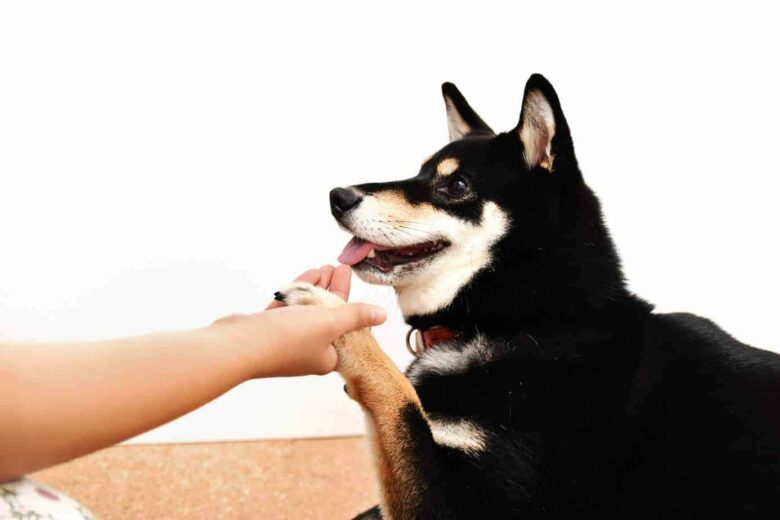
Dogs thrive when they have consistent training. Inconsistency can confuse your dog and make it harder for them to understand what is expected of them. Set aside dedicated time for training sessions and be consistent in your approach. This will lead to more effective and efficient training results.
| Mistake | Effects | Solution |
| Ineffective Training Methods | Negative behavior, fear, aggression | Use positive reinforcement techniques |
| Inconsistent Training | Confusion, slower learning | Set clear boundaries and expectations, reinforce consistently |
| Failing to Set Clear Boundaries | Unwanted behavior, lack of structure | Establish clear rules and be consistent |
| Using Punishment-Based Training | Negative behavior, damaged trust | Focus on positive reinforcement and reward-based training |
| Inconsistent Training | Confusion, slower learning | Allocate dedicated time and be consistent in training |
Avoiding these common training mistakes will not only help you achieve successful training outcomes but also strengthen the bond between you and your dog. Emphasize positive reinforcement, consistency, and clear communication, and you’ll be well on your way to a well-behaved and happy furry companion.
Choosing the Right Dog Training Method and Professional Help
When it comes to training your dog, choosing the right method is crucial for success. Two popular and effective approaches are positive reinforcement training and reward-based training. These methods focus on rewarding desired behaviors rather than punishing unwanted behaviors.
Positive reinforcement training involves giving your dog a reward, such as toys, treats, praise, or playtime, when they display the desired behavior. This method motivates your dog to repeat the behavior to receive more rewards. It creates a positive association between good behavior and positive outcomes.
Reward-based training follows a similar principle, but instead of focusing solely on rewards, it incorporates other positive experiences, such as play, toys, or access to something your dog enjoys. By using these rewards strategically, you can reinforce good behavior and encourage your dog to continue behaving appropriately.
Professional Dog Trainers and Board and Train Services

While training your dog yourself is possible with the right knowledge and dedication, it can be beneficial to seek professional help, especially if you have limited experience or are dealing with complex training needs. Certified dog trainers have expertise in dog behavior and training techniques and can provide guidance tailored to your dog’s specific needs.
One option to consider is board and train services offered by reputable establishments. These programs involve sending your dog to a training facility for a period, during which they receive intensive training from experienced professionals.
This can be particularly useful for addressing behavioral issues or fast-tracking training progress.
| Pros of Professional Dog Trainers | Cons of Professional Dog Trainers |
| Expertise in dog behavior and training techniques | Can be costly |
| Individualized guidance tailored to your dog’s needs | May require travel if the trainer is not local |
| Access to professional training tools and equipment | Requires trust and clear communication with the trainer |
| Can provide support and guidance for complex training needs | Requires ongoing commitment and follow-up from the owner |
Choosing the right dog training method and considering professional help can significantly enhance the training experience for both you and your dog. By utilizing positive reinforcement and reward-based techniques and seeking guidance from trained professionals, you can create a strong foundation for a well-behaved and happy canine companion.
Creating a Safe and Enriching Environment for Dogs
When it comes to our furry friends, their safety and well-being should always be a top priority. Creating a safe environment for dogs not only helps prevent accidents but also promotes their overall happiness and contentment. Here are some essential tips to ensure your dog’s safety and provide them with enrichment:
Dog-Proofing Your Home

Similar to childproofing, dog-proofing your home is crucial to keep your furry friend safe. Remove any toxic substances or plants that could be harmful if ingested. Keep electrical cords and small objects out of reach to prevent choking hazards.
Secure cabinets and trash cans to prevent your dog from accessing potentially harmful items. By taking these precautions, you can create a safe environment where your dog can freely roam without any risks.
Providing Enrichment Activities
Dogs thrive on mental stimulation and need activities to keep them engaged and entertained. Provide interactive toys and puzzles to challenge their problem-solving skills. Engage in playtime activities that stimulate their natural instincts, such as fetch or hide-and-seek.
Consider rotating their toys regularly to keep things interesting. Remember, mental stimulation is just as important as physical exercise for a well-rounded and happy dog.
Regular Exercise Routine
Exercise is not only essential for a dog’s physical health but also helps keep them mentally balanced. Establish a regular exercise routine that suits your dog’s breed and energy level. Whether it’s daily walks, runs, or play sessions at the park, ensure your dog gets enough physical activity to release pent-up energy.
A tired dog is a happy dog, and regular exercise can help prevent behavioral issues caused by boredom or excess energy.
Safe Outdoor Space
Having a secure outdoor space is vital to protect your dog and prevent them from wandering off or encountering potential dangers. Make sure your yard is properly fenced, with no holes or gaps that your dog can squeeze through.
Regularly inspect the fence for any damages or weak spots that need repair. If you don’t have a secure yard, consider using a long leash or investing in a dog run to provide your furry friend with a safe outdoor experience.
Maintaining a Consistent Routine
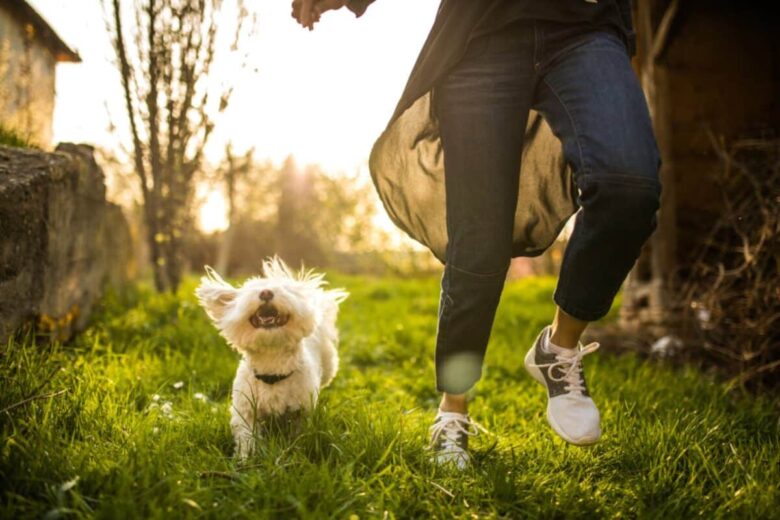
Dogs thrive on routines, as it provides them with a sense of stability and predictability. Establish a consistent daily routine for feeding, exercise, and sleep. Dogs feel more secure when they know what to expect, and a well-structured routine can help reduce anxiety or behavioral issues.
Stick to regular mealtimes, consistent training sessions, and designated sleep areas to create a harmonious and stress-free environment for your dog.
| Tip | Description |
| Dog-Proofing Your Home | Remove toxic substances, secure cabinets, and trash cans, and keep small objects out of reach. |
| Providing Enrichment Activities | Give interactive toys, puzzles, and engage in playtime activities to stimulate your dog’s mind. |
| Regular Exercise Routine | Establish a consistent exercise routine to keep your dog physically and mentally fit. |
| Safe Outdoor Space | Ensure your yard is properly fenced and free from potential hazards. |
| Maintaining a Consistent Routine | Create a structured daily routine for your dog’s feeding, exercise, and sleep. |
FAQ
Why do dogs bite?
Dogs can bite for various reasons, including fear, stress, protection, illness, and during play.
How can I prevent dog bites?
Preventive measures such as proper socialization, training, and recognizing warning signs can help prevent dog bites. Teaching children how to interact safely with dogs is also important.
How can I socialize and train my dog?
Socializing dogs with other animals, people, and different environments from a young age helps them become well-adjusted. Training should focus on positive reinforcement techniques to encourage desired behaviors and discourage unwanted ones.
What are common training mistakes to avoid?
Common training mistakes include using punishment-based methods, inconsistent training, and failing to set clear boundaries and expectations.
What is the right dog training method?
Positive reinforcement and reward-based training methods are widely recommended. Seeking professional help from certified dog trainers, especially for more complex needs, can be beneficial.
How can I create a safe environment for my dog?
Dog-proofing the house and yard, providing secure fencing, and keeping toxic substances out of reach are important safety measures. Regular exercise and mental stimulation are also essential.
Conclusion
In conclusion, as a dog owner, it is important to understand the responsibilities that come with training and caring for your furry friend. By following these dog training tips, you can build a strong bond and create a positive environment for your dog.
One of the key aspects of effective dog training is positive reinforcement. Using rewards and praise to encourage desired behaviors is not only more humane but also more effective in shaping your dog’s behavior.
By focusing on positive reinforcement training methods, you can foster a trusting and cooperative relationship with your dog.
Remember, consistency is key when it comes to training. Establish clear boundaries and expectations for your dog and be consistent in enforcing them. This will help your dog understand what is expected of them and reduce confusion.
Finally, as a responsible dog owner, it is important to be aware of your dog’s needs and provide for them. This includes regular exercise, mental stimulation, and a safe environment. By meeting these needs, you can help prevent behavioral issues and ensure the overall well-being of your dog.
By implementing these tips for dog owners, you can set yourself and your furry friend up for success. Building a strong bond with your dog through positive reinforcement training and fulfilling your responsibilities as a dog owner will lead to a happy and well-behaved companion.

